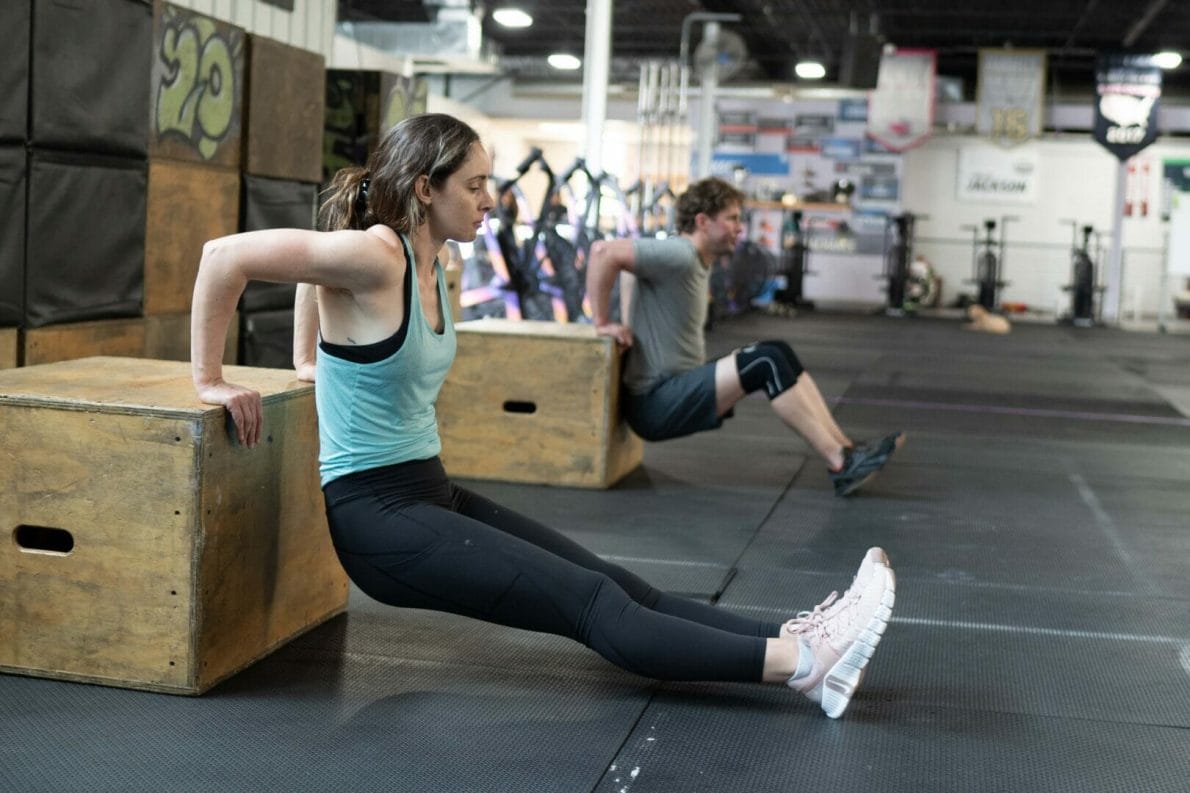
GAMBIT FITNESS
MEMBER HANDBOOK SERIES #3
MECHANICS CONSISTENCY
INTENSITY
___
By Andrew Essig
One of the most overlooked and undervalued tenets of the CrossFit program is the mechanics-consistency-intensity charter. CrossFit’s own founding documents define CrossFit as constantly varied functional movements, executed at high intensity. While this definition of CrossFit is both descriptive and prescriptive, the accompanying mechanics-consistency-intensity charter further elaborates how the program should be implemented by providing a hierarchy of concerns and establishing a linear timeline of development.
THE ‘M-C-I’ HIERARCHY
Mechanics
The first step in any athlete’s journey is to learn to perform basic movement mechanics. Movement mechanics refer to the physics of the movement or the relative positions, angles, and velocity of the body parts involved in the movement being performed. Mechanics create the structure of movement and dictate the safest, most efficient way to complete it. Thus it is critical that an athlete develop sound movement mechanics before pushing for intensity in the form of load, high reps, or rapid execution.
Consistency
After mechanics, consistency is the next step in an athlete’s development. In this context, “consistency” has two important meanings that must be understood and applied before increasing intensity.
The first and arguably most important meaning relates to consistency as it applies to a single movement. During athlete development, the initial question, and one that must be revisited regularly, is, “Does the athlete understand how to complete the movement with proper mechanics?” If the answer is an easy no, then the path forward is more deliberate practice at reduced load and speed until mechanics are refined.
If the answer is yes (or leaning toward yes), the next question to ask is, ”How consistent are the mechanics across multiple repetitions and sessions?” An athlete who is ready for the next step will have no problem executing the movement to standard most of the time. This does not mean they will not still require coaching, but it should be clear they have a strong foundation that can be challenged and further developed. Expanding on this idea, an athlete who truly understands the mechanics of a movement should be able to apply the broad movement patterns across minor variations in equipment, rep schemes, and loading.
Intensity
This final step in the ongoing, judicious process of training is increasing intensity. As discussed previously, the decision to increase intensity should come only after the requisite criteria for mechanics and consistency are met. This is absolutely necessary. Before we begin to increase the intensity, we must know our athletes have some ability to make corrections if mechanics break down.
For many athletes, jumping from the learning phase of a skill right into a multivariable increase in intensity is a recipe for significant technical breakdown that may undermine much of the hard work that was required to build good technique in the first place.
What Does This Mean to Me?
At Gambit Fitness, we look at this “MCI Charter” as cyclical. We base the bulk of our programming around the competitive season of CrossFit, so the offseason is the time for mechanics. Tweaking and improving those mechanics, we then practice them until we find consistency and lastly ramp up the intensity leading into the CrossFit Open.
Focus on the mechanics. Perform those mechanics with consistency. Apply intensity. Then return to mechanics and start over again.
You’re never too good to improve.
-Coach Andrew
